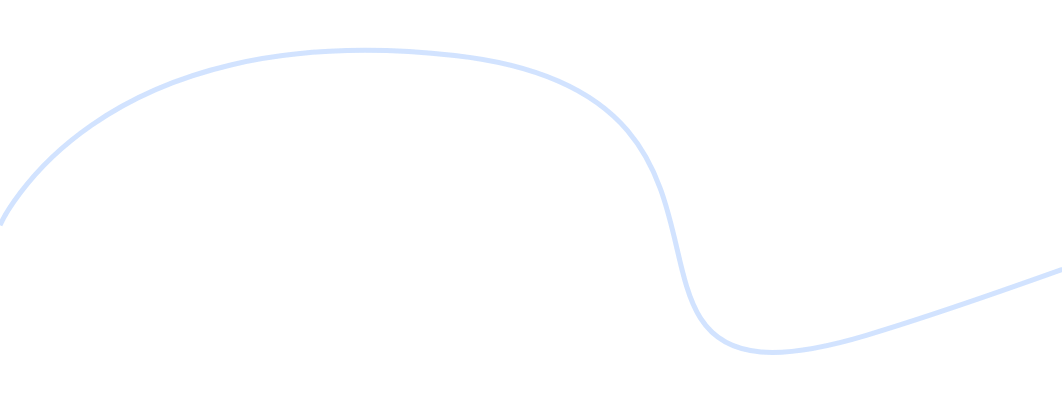DCD
Coaching styles for kids with DCD


When coaching children aged 5–10 with Developmental Coordination Disorder (DCD), it’s essential to adopt coaching styles that are tailored to their unique needs. Positive reinforcement plays a crucial role in motivating these children. Providing specific and immediate praise for their efforts and achievements, no matter how small, can significantly boost their confidence and motivation. Patience and understanding are key when coaching children with DCD. Demonstrating empathy for their struggles and allowing them extra time to process instructions without feeling rushed or pressured can create a supportive environment for their growth. Clear communication is vital when coaching children with DCD. Using simple language, breaking down tasks into manageable steps, and providing visual demonstrations can enhance their understanding. Visual support, such as diagrams or videos, can further aid in comprehension. Adaptability is another important aspect of coaching children with DCD. Being flexible in adapting coaching techniques and activities to suit individual needs ensures inclusivity and maximises participation. Establishing a structured routine for coaching sessions can provide a sense of security and consistency for children with DCD, helping them feel more comfortable and engaged.
” Small group activities can promote teamwork, cooperation, and social interaction among children with DCD.”
Encouraging peer support and interaction fosters social skills and a sense of belonging. Incorporating regular breaks and rest periods into coaching sessions is essential to prevent fatigue and maintain engagement. Monitoring the child’s energy levels and offering opportunities for relaxation or sensory breaks can help them stay focused and motivated. Goal setting is a powerful tool in coaching children with DCD. Collaborating with the child to set achievable and personalised goals, breaking them down into smaller steps, and tracking progress can boost their confidence and motivation. Lastly, infusing coaching sessions with elements of fun, creativity, and play can keep children engaged and motivated, making learning enjoyable and fostering a love for sports. Scientists have identified mental training techniques as beneficial for children with Developmental Coordination Disorder (DCD). One such technique is motor imagery, which involves visualizing movements to improve motor skills. Motor imagery requires individuals to imagine both the visual and kinesthetic aspects of a movement. For example, envisioning reaching for an object, grasping it, and bringing it back while considering the visual and sensory feedback of the action.
What does research shows?
Studies in Australia have demonstrated that motor imagery training can enhance movements in children with DCD aged 7-10. Participants who combined motor imagery with physical practice showed greater improvement compared to those who only engaged in physical practice or received no training. Motor imagery activates specific brain areas that are typically less active in children with DCD, potentially aiding in movement improvement. While motor imagery is beneficial, children with DCD may find it challenging to visualize movements effectively. To address this, researchers are exploring alternative methods such as action observation, where individuals watch movements to enhance motor imagery. Action observation involves watching demonstrations of movements, activating similar brain regions as motor imagery. For children with DCD, combining action observation with motor imagery (AOMI) can be particularly helpful. By watching videos of movements and simultaneously imagining the sensations of performing those movements, children can improve their motor skills more effectively. Studies have shown that AOMI can enhance movement learning and coordination in children with DCD, surpassing the benefits of motor imagery alone.
This combined approach may assist children in developing internal models to enhance their movement planning and control. Ongoing research aims to further explore the effectiveness of AOMI in improving everyday movements for children with DCD.
Useful Links
Subscribe Now
Don’t miss our future updates! Get Subscribed Today!
©2024. dyspraxia.world
